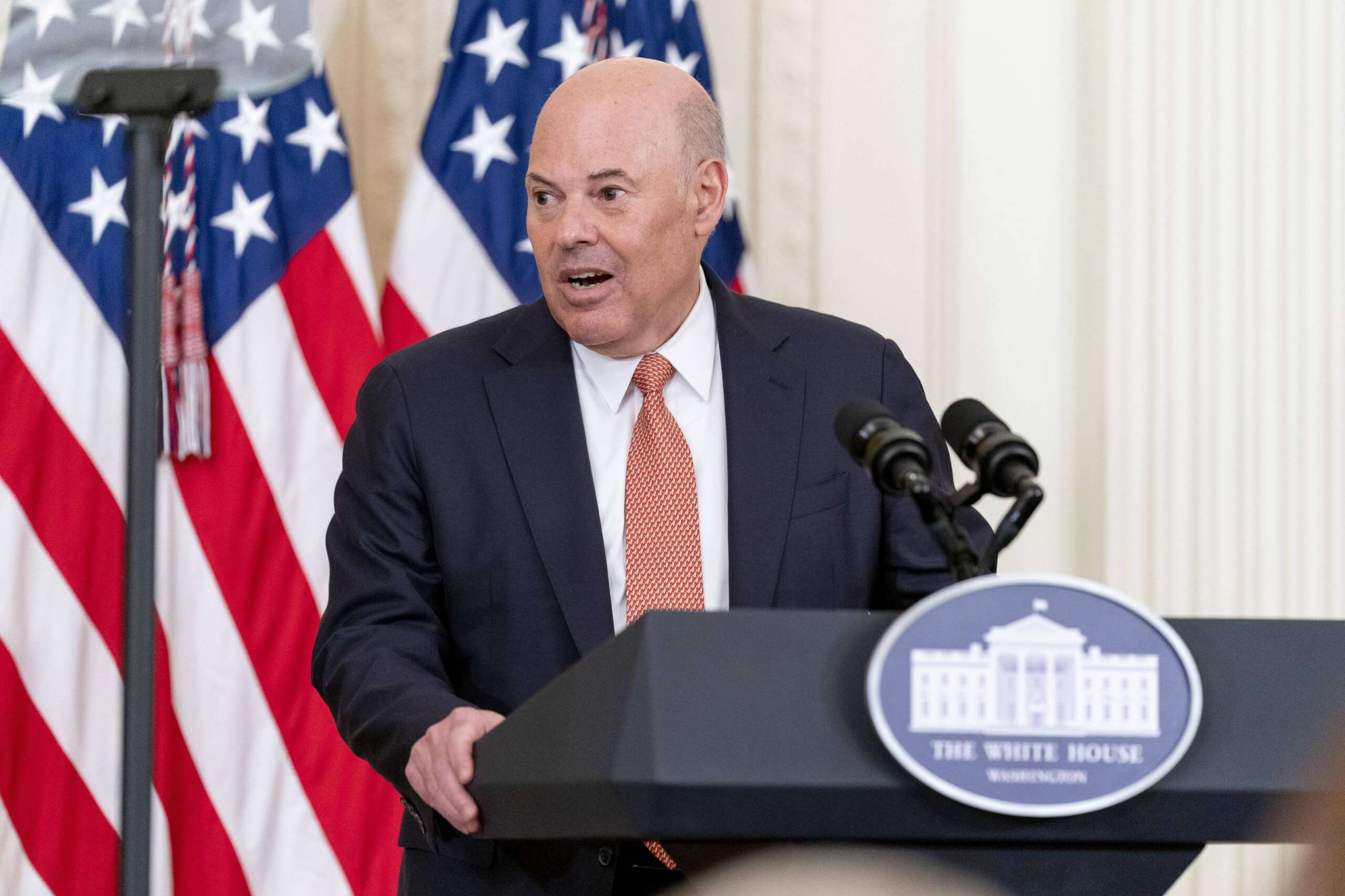USPS got billions in financial aid, and now says it needs more

After Congress erased more than $100 billion of obligations from the U.S. Postal Service, and its allies, are once again asking for assistance. They warn that without additional billions, the agency may face a financial emergency that could affect home delivery.
In recent months, top Biden administration officials including Steve Ricchetti (counselor to the president) met with representatives from the largest union in the mail service. Five people who were familiar with these meetings said that members of the Domestic Policy Council met with Amazon, the Postal Service, and other large customers to discuss the Postal Service’s leadership, balance sheet, and delivery issues. The Washington Post is owned by Jeff Bezos, the founder of Amazon.
Some lawmakers and advocates are concerned that the Postal Service’s financial problems and delivery difficulties could affect mail-in voting in November’s election, as well as other important functions it performs on a daily basis.
The Senate will hold a hearing on Tuesday to discuss the persistent issues.
|
There have been many concerns expressed by people about delays and inefficiencies. “We’d like more transparency about what’s going on,” said Sen. Gary Peters, D-Mich., chair of the Senate Homeland Security and Governmental Affairs Committee that is holding Tuesday’s meeting. “Postmaster-General DeJoy spoke about being on sounder financial ground now. I have some questions about that.”
In a press release, a spokesperson for the Postal Service stated that DeJoy has no “specific legislative requests” for Congress.
The statement went on to say that “Congress and other stakeholders must instead support USPS with the key self-help initiatives that are outlined in [Delivering For America] Plan, which are critical and will enable our operational success and financial stability.”
Congress released the Postal Service in 2022 from past and future obligations of $107 billion for retiree healthcare benefits. The lawmakers hoped that this would allow the agency to invest the money in maintenance and improvements in mail delivery. The agency received $10 billion from the 2020 Cares Act and another $3 billion in 2022 for electric delivery trucks and charger stations.
The Postal Service has since posted a $6.5 Billion loss for the fiscal year 2023, and is on track to post a more than $8 Billion loss in fiscal 2024 (which ends September 30). According to DeJoy’s 10-year “Delivering for America” restructuring plan, the agency was supposed to breakeven in 2023 and report a $1.7 million surplus in 2024.
The Postal Service’s latest quarterly report warned that it may not be able to pay all its legal obligations on time, while also paying off maturing debts and making critical infrastructure investments which have been delayed in recent years and are needed to fulfill its primary mission.
In a press release, the agency said it had reduced its original forecast of $160 billion in losses over 10 years to $65 billion.
The Postal Service stated that “the financial improvements we have achieved thus far are promising, but we must realize that the hard work has just begun and that we need to remain resolute with our approach to cutting cost and generating revenues.”
Financial struggles are accompanied by steep price increases for mail products – in July, the first-class letter rate will have risen 46 percent from 2018 – and declining on-time delivery.
Postal Service tracking shows that nearly 20 percent of first-class mail in the United States was delivered late into late March. This is the latest date for which data are available. The service standard for the agency is 95 percent of mail delivered on time.
Several areas, including those which could be crucial for the November elections, are behind. In Atlanta, only 43 percent of the mail was delivered in time during that period.
Reps. Sam Graves, Mark Alford (R-Mo. Mark Alford, (R-Mo. ), Sam Graves (R-Mo. Mark Alford (R-Mo.) Emanuel Cleaver II (D-Mo.) introduced legislation in March to require that the Postal Service reimburse late fees for consumers whose bills or payments are caught up in mail delays.
The Postal Service said in a statement, “We acknowledge that there were unintended service effects surrounding the launch of some of our Initiatives.” “We recognize there is always room for improvement and are fully committed to improving.” “We fully recognize that there is room for improvement, and we fully commit to improving.”
These struggles could weaken the Postal Service’s $1.6 trillion mailing industry and hamper its ability to reach more than 160 millions addresses every day. Unions in the public sector have expressed concern over the financial health of the Postal Service and its ability to support its 650,000 employees.
The Postal Service was supposed to be able to fund its operations without taxpayer money, by selling postage stamps. Some estimates, which take into account the years-long decline in mail volume and other factors, predict that the Postal Service could run out cash in three years. This would force it to reduce delivery services or ask Congress for a bailout. The agency could be prevented from modernizing its operations due to the liquidity crisis. Mail clerks are still working in processing plants with outdated machinery and letter carriers use trucks that date back to the 1980s.
“They have to invest if they want to modernize and grow their capacity.” This would give them the breathing space they need in order to make the appropriate investments to build a network that will work for both the current mail mix and the future of the business,” Brian Renfroe told The Post.
DeJoy, officials from the labor movement and the mailing industry have increased pressure on the Biden Administration for more financial assistance. Five people who were involved in the conversation, speaking under the condition of anonymity, said that they asked the White House for $14 billion to be sent to the Postal Service. This money would come from the overpayments made by the Postal Service to the Civil Service Retirement System.









No Comments